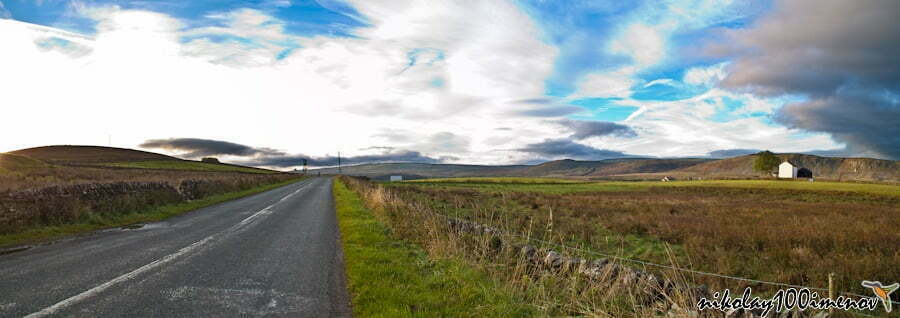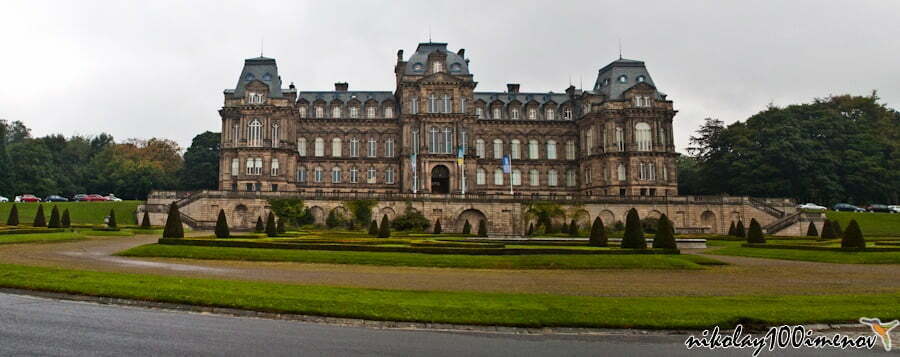ПАНОРАМНА ФОТОГРАФИЯ
Home » Panoramic photography | How to do it right?
For several months now, not a single day has passed when I went out somewhere to take pictures and did not to take a panoramic photo. So I decided to write a few lines about panoramic photography and explain a few details about it through my eyes. First of all, I would like to say that I am far from being a specialist in panoramic photography, but as a photographer who has mainly focused on landscapes, I need to have some knowledge about it. My interest in panoramas dates back to the time of the Nokia N95, which had a Panoman program. With it, taking panoramic photos with the phone was simple.

So … here’s how I list the stages of shooting a panorama:
1. Switch on the camera in manual mode. Even if you are shooting with a pocket camera, this is a must because all photos must have the same exposure (same shutter speed and aperture, ISO, etc.). In most handheld cameras, these things can’t be adjusted, but still switching to manual mode gives you the best chance of getting evenly exposed photos. It is important to fix as many things as possible in your camera so that they do not change with each subsequent photo.
If you try to stitch several photos with different exposures, the end result will be a panorama with differently lit areas, which would look unnatural. It is also possible that the software you will be using may fail to combine the photos into one.
2. Use a tripod – the use of a tripod is not mandatory, but it prevents unnecessary vibrations and errors, which are sometimes impossible to avoid when shooting by hand.
a) In the absence of a tripod – Many of my panoramas are taken by hand, but then the most common mistake (even by me) is in the movement of the camera. Most beginners always grab the camera and start taking pictures one after the other, but at the same time rotating with the camera. NO … the camera should rotate around its axis (even better around the nodal point of the lens, but I will not use a complicated terminology). To make it as easy as possible for the software you will use to connect the photos, you need to rotate the camera and rotate with it. The most effective way that works best in the absence of a tripod is as follows:
- after selecting a subject, place your camera at eye level.
- then place the finger of your other hand in the tripod mounting hole (each camera has one, located on the bottom of your device). Imagine that your finger has pierced the camera through this hole and become an axis that causes the camera to rotate in a circle without moving from its center point.
- then you start shooting, and with each subsequent photo your finger should be still – only you and the camera move around its axis.
In general, this is a kind of imitation of a tripod, but with hand tools. I use this technique very often and with practice it has proven to be the most successful.
b) When using a tripod – it is very important after placing the tripod to make sure that it is level. Each modern tripod has at least 1 level on which you can navigate and adjust. Some time ago I did not pay attention to this and the result at all – the panoramic photos that were obtained were very distorted and of poor quality. In addition, an unleveled tripod changes the perspective of the panorama and this further complicates the software.
3. Software – Use Adobe Photoshop’s Photomerge feature. Here are some tutorials on exactly how to use this feature:
In Bulgarian – http://itschool.bg/tutorials/article/1833/
In English – http://help.adobe.com/en_US/photoshop/cs/using/WSfd1234e1c4b69f30ea53e41001031ab64-75e8a.html
I personally only use this software and I think it does a great job.
These are generally the important points for quality panoramic photos. I will not fall into technical terms such as nodal point and the use of L-bracket, because I do not use such a technique, and I think it is already “aerobatics” in panoramic photography.
You can now find thousands of video tutorials on the Internet on how to take panoramic photography and techniques for capturing it. I hope that my advice has helped and inspired you in panoramic photography.
Here are some of my latest creations in this area:


